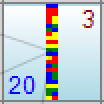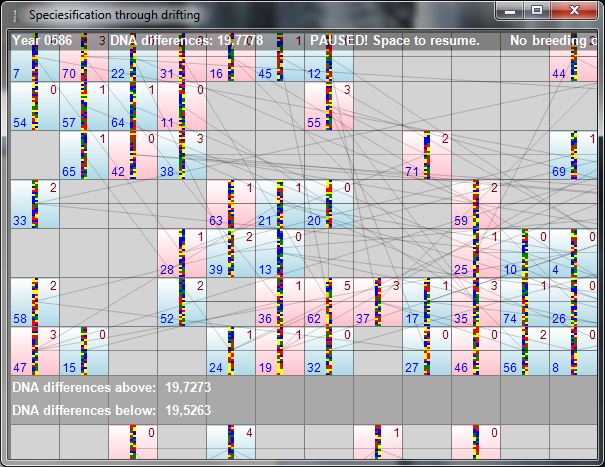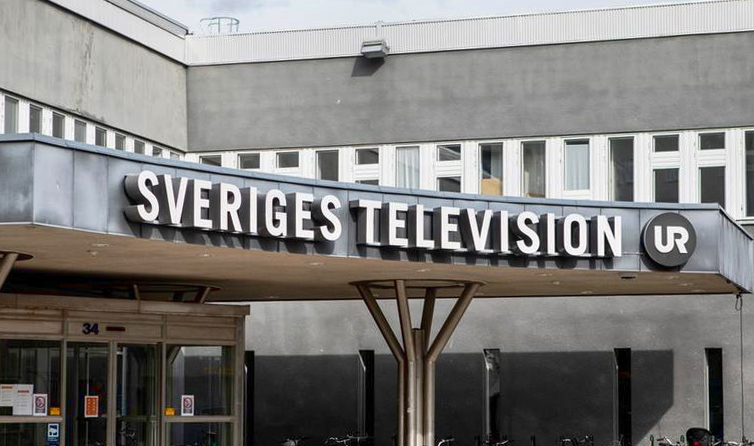Anders Hesselbom
Programmerare, skeptiker, sekulärhumanist, antirasist.
Författare till bok om C64 och senbliven lantis.
Röstar pirat.
This is the drifting game!
2009-12-26
The drifting game does not illustrate evolution or the power of natural selection, but change over time and our ability to tell that about relationship to other spices, such as chimpanzees. The board consists of 285 placeholders (19 x 15). Each placeholder can hold one organism. This is an organism.

The blue number indicates the age in years of the organism. The red number shows the number of offspring the organism has produced. An organism cannot produce offspring on its own; it must mate with another organism of the opposite gender. Light blue rectangle represent male organisms, pink represent female. What else? 😉 The lines are drawn between parents with the child in between.
In the middle, the DNA of the organism is displayed. The red amino acid pairs with red or yellow amino acid. The green amino acid pairs with green or blue amino acid. A DNA string consists of 24 pairs. The effect of this demonstration will be better if the number of pairs is greater, but it makes the visual overview poorer.
When organisms breed, the offspring will have a mixture of the parents DNA. Sometimes, mutations occur. Mutations cannot be traced from either parent. A mutation can sometimes be easy to spot, because in a mutation, any amino acid can pair with any amino acid. So a red could pair with a red, but it could also pair with a green. A pair of red and yellow could be a mutation, a pair of red and green is a mutation.
An organism that isn’t too young or too old might breed and an organism of high age might die and leave room for younger individuals.
To control: Press Space to pause and press F12 to separate the group in to two groups (can be done once). The expected effect after the split is that the number of DNA differences between individuals in the group will remain the same as the previous total, but the DNA differences between the groups will increase over time, even though no selection is done. The DNA differences are counted for sequentially and divided by the number individuals in a group. So, not every individual is compared with every individual. Correction here.
Before the population is splitted into two groups (press F12 to do that), the total number of DNA differences is shown. After the population is splitted into two groups, the total number of DNA differences is shown together with the number of DNA differences within each group. Now you can compare the differences within each group (expected to be smaller) with the total number of differences (expected to be larger since the groups are drifting in different directions).
Download the drifting game here.

Categories: Science
Tags: Drifting game, Evolution
One response to “This is the drifting game!”
Leave a Reply
En kopp kaffe!
Bjud mig på en kopp kaffe (20:-) som tack för bra innehåll!







[…] following adjustment is done to the drifting game. In the first version, DNA differences were counted sequentially, meaning that within each group […]